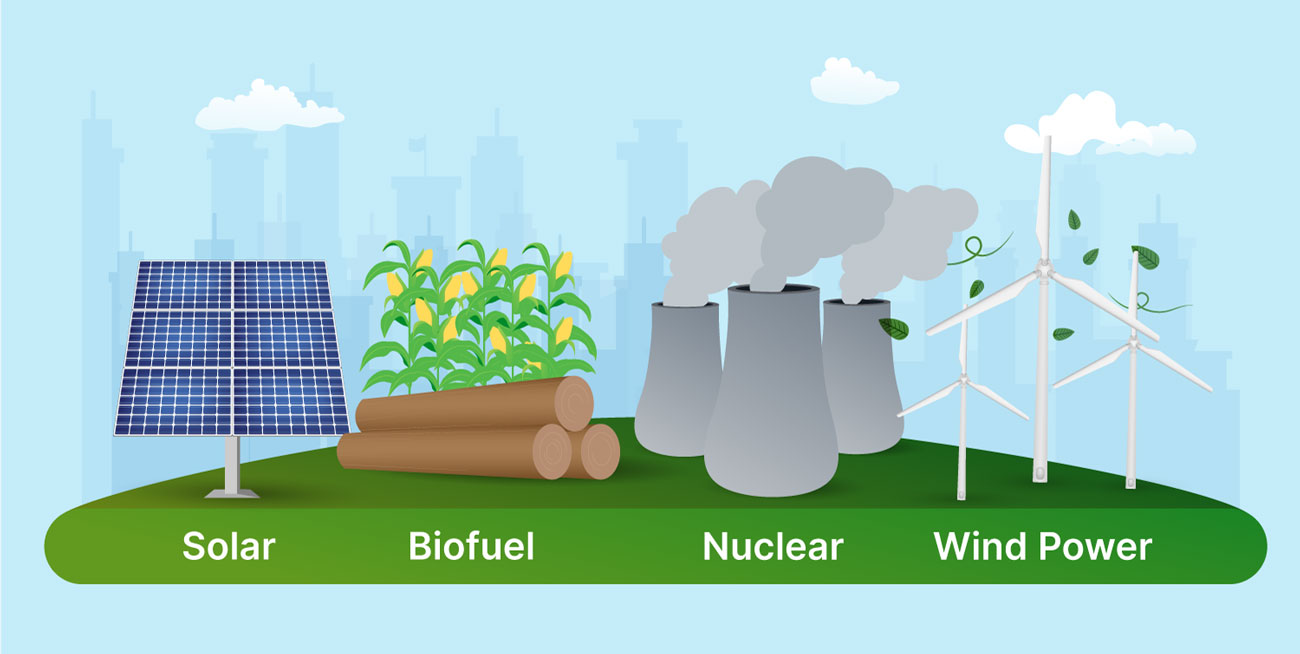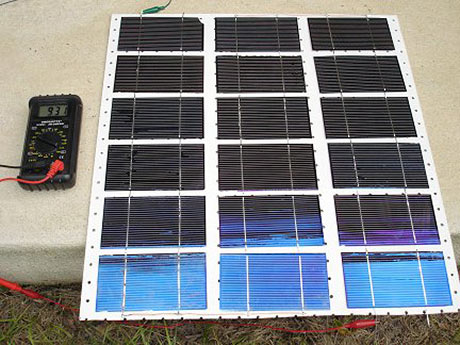Solar Power for Your Outdoor Lighting
I know you have all seen those cute little garden or lawn décor animals that are solar powered, how impressive right? But how exactly do they work at night since the sun is not shining? Like other solar panels or cells the sun is captured during the day and stored in the battery of the product, which is then released when needed. For outdoor solar lighting, the battery releases its stored energy (aka sunlight) at night in order to light up your sidewalk or individual decorative light.
Outdoor Solar Lights
How is the Sunlight Stored?
Solar lights or panels contain solar panels of course as well as an LED light, a Nicad battery, and control panel. Outdoor solar panels use the photovoltaic (PV) effect to collect sunlight, then charge and store it in the battery as energy which is wired directly to the panels. At night when the solar panel is no longer exposed to enough light, a photo-resistor (light sensor) sends a message to the “control board” along with the solar cells and battery to switch on the LED light. This LED light is charged by the battery that has been storing energy throughout the day. Did you know that a fully charged battery can last approximately 15 hours?! Once the sun rises the next day the process begins all over again. To read more about what PV energy is see “What is Solar Energy.”
What about during the winter months? Since winter nights are longer and days are shorter many people may think that solar power lighting is not as effective as it would be during the summer months. Studies show that solar powered lights may actually be more effective during the winter months than the summer months. How?! Have you ever had something stop working because it became overheated? This is similar with solar powered lights. It is important for them to remain cool while charging. During the hot summer months, especially when the weather is 100⁰F or above the panels are being exposed to such high heats that they become less effective at charging. For those areas with a larger amount of snow throughout the winter, panels can become blocked from sunlight and essentially useless unless the snow is removed from the panels exposing them to the sunlight.
Outdoor Solar Powered Lighting
Today there a variety of outdoor solar lighting options available. Just take a minute and think about all those lights outside your house or on your street, any of these lights could be replaced by solar lights. Take a look at parking lot and street lights, despite their initial starting costs solar lights are more cost friendly in the long run. Plus, they are much safer! No one has to shimmy up the pole to change the light and if for some reason, someone where to take out the pole there is less danger to not only the driver but also to those in the area at the time of the accident. What other types of solar powered outdoor lighting are available?! Let’s take a look at a few options:
- Solar powered deck lights
- Solar powered canopy lights
- Solar powered Christmas lights
- Solar powered spot lights and flood lights
- Solar powered bus and/or tram station lights (and heaters)
- Solar powered billboard lights (and billboards)
- Solar powered flag pole lights and other accent lighting
- Solar powered sidewalk lighting
Each and every day technology is progressing and an increasingly number of options are available when it comes to solar lighting outdoors. With the prices of solar panels decreasing it is becoming more popular to invest in solar panels in order to save money down the road and provide yourself with your own energy and electricity source. Just think about when those huge snow storms or wicked tropical storms hit. It is very possible for people to be out of electricity for days on end because there is a snapped electrical line or inches of ice covering the lines. With solar panels you will be able to enjoy light and possibly heat (if you choose to use your energy in this form) while everyone else is left in the dark and cold.
The more expensive solar powered lights you invest in, the better. Cheaper solar powered lights do the job but are not able to covert as much sunlight into energy as the more expensive ones leaving you with a shorter energy life during the winter months and gray gloomy days. Remember, to face all solar panels in an area that will be most visible to sunlight and where the sunlight will not be obstructed by objects such as shade trees. This will provide you with the most efficient energy production.




